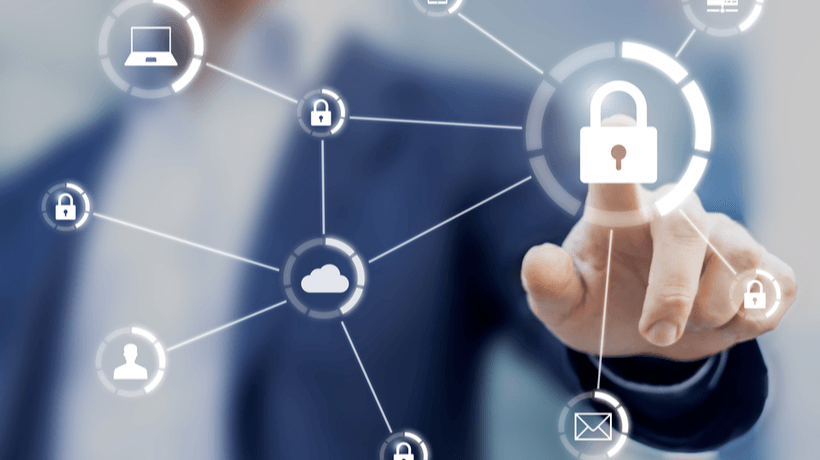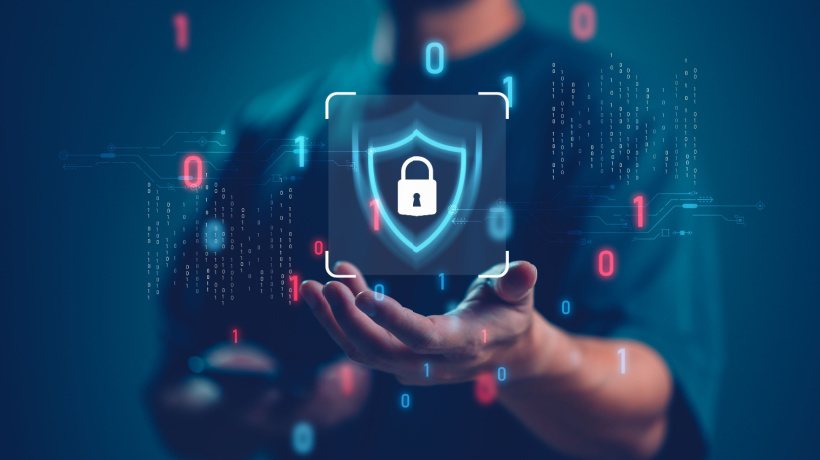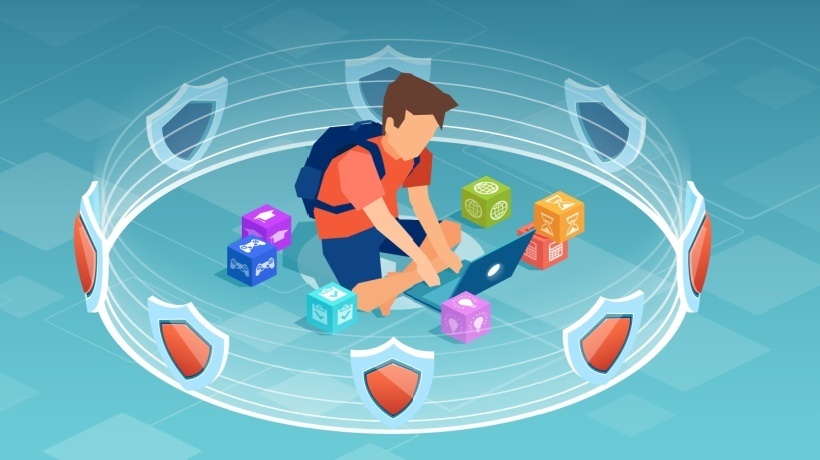Possible Ways STEM And eLearning Improve Cybersecurity In The US
The WannaCry ransomware attack is the perfect example of this conundrum in action. In May 2017, our reliance on digital solutions was tested by cybercriminals who released a particularly potent virus into the wild, affecting users in over 150 different countries as well as multiple industries. The healthcare field was particularly affected, the experts at Bradley University explain.
"The May 2017 attack was especially consequential because it affected a number of healthcare organizations within Britain’s National Health Service", they write. "...as many as 16 practices were targeted, leading to canceled outpatient appointments and a suspension of some crucial services".
The WannaCry virus helped bring light to the fact that even the digital world poses somatic threats. However, when it comes to relying on a system that potentially endangers its participants if it's not secured, the 2017 Equifax hack might illustrate it even more. One of the 3 major national credit reporting agencies, Equifax, suffered a data breach that exposed the lifetime data—names, social security numbers, credit scores—of over half the US population. In a society where it’s almost impossible to make any major purchase without a line of credit, we don’t have much of a choice other than to accept credit reporting agencies as vanguards of personal lifetime data, knowing full well that an error on their part could literally affect ordinary citizens for the rest of their lives.
All of that said, most breaches and attacks arise not because criminals are doing a crack job, but rather as a result of ignorance and human error.
"When security breaches make headlines, they tend to be about nefarious actors in another country or the catastrophic failure of technology", Marc Zadelhoff via HBR writes. "These kinds of stories are exciting to read and easier for the hacked company to admit to. But the reality is that no matter the size or the scope of a breach, usually it’s caused by an action, or failure, of someone inside the company".
Zadelhoff cites IBM’s 2016 Cyber Security Intelligence Index, which found that "60% of all attacks were carried out by insiders. Of these attacks, 3/4 involved malicious intent, and 1/4 involved inadvertent actors".
The New York Times has even reported that the Equifax breach itself was caused by a lone employee’s error, according to the former CEO.
With these statistics in mind, it could be posited that breaches and attacks could be curbed drastically with a heightened national interest in cybersecurity education. If this education were to begin at an early age, perhaps bundled in with a STEM education, we’d be raising a generation of competent and cyber-secure children to become employees of the same caliber. For existing employees, on the other hand—well, it’s never too late to teach dogs of any age new tricks.
STEM And eLearning Inherently Teach Digital Literacy
In both public education and the business arena, cybersecurity competency can best be achieved through eLearning because both exist within and as part of the same digital medium. In the same way that we’ve manifested safer roadways via a driver's education system that not only teaches but also lets people drive, we can improve cybersecurity in the US with STEM-based public eLearning as well as employee eLearning courses.
The experts at the University of Cincinnati, in an article titled "The IPad Debate: Are IPads Truly Helping With Education?", debate the merits of including digital devices with an eye toward both pros and cons. They write:
"Using today’s technological devices also give students a chance to prepare for the future. Technology advances quickly and any student that is not well-versed in the changes is at a disadvantage when they enter the adult world of work. By making the technology a part of education early, it becomes almost second nature to advance with future technologies".
However, it’s important to realize that simply throwing "digital devices" at students doesn’t actually constitute STEM learning. Instead, STEM provides the bridge between these devices and helps promote digital literacy.
Of course, eLearning modules cover much more than traditional STEM topics aimed at students—however, eLearning itself could be considered a STEM method, as it inherently utilizes technology and connectivity to stimulate learning in essentially any field.
The Consequences Of Lack Of Digital Literacy
Going back to the analogy of driver’s education, if people want to operate automobiles on the roads, they have to prove competency via courses and licensing. This is not only to keep themselves safe on the road, but also to keep other people, and their property, safe. In the same way, perhaps individuals and even companies need to legally prove that they are competent enough to operate digital devices on the connected web. You’d be surprised how many individuals and even companies don’t do the 3 most basic things you can do to protect information: run regular backups, set up proper firewalls, or update their software.
Sure, it might seem like those 3 things, being as minor as they are, couldn’t really ever garner radical or disastrous results. Keep in mind, however, that a simple mistake by a single employee was partially responsible for the largest data breach in history (Equifax). Even though these aren’t life or death matters, it won’t be too long before self-driving cars and trucks are driving themselves down the road. What happens when an employee error leaves a self-driving truck vulnerable to hacking?
Since the digital world is merging more and more every day with the physical world, it’s entirely possible that future cyber attacks could seriously harm or even kill people. How foolish would it feel post-disaster if that attack were chalked up to simple ignorance? Why should we ever let that day come in the first place?
Edgar Wilson, in his 2017 article on eLearning Industry, titled "Cybersecurity Training: Why Your eLearning is Incomplete Without Cybersecurity", mentions that while security training can take many forms, there’s no doubt that it will need to be widespread.
"There are many learning opportunities and skill upgrades available through digital media today, but there is perhaps none more critical to both success and survival", writes Wilson. "From learning the language of security to behavioral basics and changing standards, professionals of every trade need an opportunity to get acquainted with cybersecurity, and then stay up to date as the world grows more connected, complex, and capable of devastating hacks, scams, and breaches".
Even though Wilson is talking about eLearning programs, these are the types of skills, habits, and standards we could absolutely teach our early learners via STEM courses. Soon enough cybersecurity and digital participation will go hand in hand, much like operating a motor vehicle and driver’s safety do. At that point, cyber attacks will likely be less effective, simply because ignorance will not rule the day. Only then will we see a safer digital landscape, in terms of both the tangible and the intangible.









